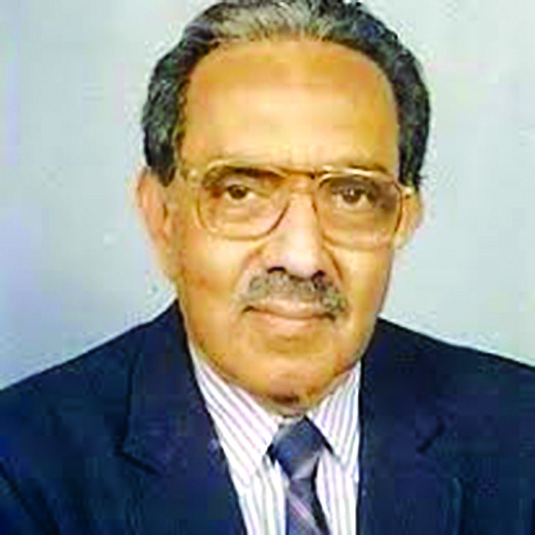If there is one industry in India that has earned a respectable prowess in R&D, compared to other chemical & allied industries, it is the pharma industry. In particular, the Indian pharma industry is known for its capabilities in developing very good cost efficient alternate process routes for the manufacture of novel drugs developed elsewhere. This approach was enabled by the Indian Patents Act of 1970, for a long time till 2002 and after, when the amendments to the Patents Act came into effect based on product patents, in sync to a great extent with IPR regulations elsewhere in the western world.

His Life and Times
So an industry which barely had only a rudimentary presence at the time of Indian independence started blossoming and moving up steadily. It was around that time that a young scientist, Dr. MD Nair after his PhD from the University of Illinois, a Fulbright Scholar, a Fellow of the National Research Council of Ottawa, Canada; Alfred P Sloan Research Foundation and Research Associate at University of Illinois after a stint with the Pharmaceutical Research Group of Ciba Ltd in Switzerland joined the Research group of CIBA in 1963 in Goregaon, a suburb of Bombay. After 23 years in Ciba Geigy, he worked for 13 years in Southern Petrochemicals Corporation (SPIC), Chennai, spearheading their pharma division where he set up for SPIC, a state of the art Pharma R&D centre, a production unit for medical devices, a multipurpose plant for bulk drugs manufacture and a drug formulations plant. After 13 years with SPIC, he retired to be an ardent spokesperson of the Indian Pharma industry and became a consultant in the healthcare field to a wide range of organisations from hospitals, pharma companies to governmental and non-governmental agencies.
The Indian Pharma Scenario
So the story of Dr. MD Nair, his life and times recounted in this book – and not an autobiography as he hastens to clarify – is virtually the story of the growth of the Indian pharma industry over the last half a century from 1963 till now – how it evolved, the challenges faced, the developments in regulatory mechanisms, the stalwarts who shaped the industry, R&D and the development of indigenous technology. The book chronicles the state of the art situation in the Indian Pharmaceutical industry with the author’s very first hand intensive engagement and committed work with the industry during the last fifty years.
In about 13 chapters, each one a standalone chapter on topics by itself, Dr. Nair has traced the historical growth of the Indian pharma industry to present times and in the context of the global pharma growth. He has outlined the birth of the generics industry, made comparisons between Indian & Chinese pharma industries, explained the problems & challenges facing the industry and the emergence of biotech, biologicals, biogenerics/ biosimilars.
He has written in depth about his career and work with Ciba Geigy and later with SPIC. His stint with Ciba Research Centre and later its close down as also his tenure with SPIC would serve as good case studies in both research & pharma management. His analyses and comments on the problems and challenges facing the Indian pharma industry, on R&D, on TRIPS, on drug regulations are very indepth and incisive.
Interactions with Industry Stalwarts
His interactions with many doyens, thought & change leaders whose philosophies, views & work had a great influence on the healthcare industry in India are very interesting to read through the many anecdotes he recounts. He has shared on Dr. APJ Abdul Kalam, Dr. M. S. Swaminathan, Dr. R A Mashelkar, Dr. Devi Shetty, Dr. K M Cherian, Dr. P K Warrier amongst others. Dr. Nair also profiles some leading captains of the pharma industry of his era such as late Dr.Parvinder Singh, late Dr.Anji Reddy, Dr. Yusuf Hamied, Dr. A V Rama Rao, Dr. Kiran Mazumdar Shaw (just to name a few) who shaped the industry’s destiny. Many global legends like Prof. Roger Adams, Prof. E J Corey, Prof. Alexander Todd, Prof. James Watson amongst others and his interactions with them are quite scintillating. His active post retirement work in consultancy and as an advisor on pharma matters to WHO, various central and state governments and as a member and head of various task forces and pharma associations not only displays his absolute passion to guide the fortunes of this vital industry but also proves that post retirement can be used to its full potential to leverage the intellectual capital one has gained.
Commenting on his book Dr. R A Mashelkar had this to state: “This (book) is not only readable, but a ‘must read’ by all stakeholders, including captains, senior members and future leaders of the pharma industry, researchers, industrial R&D managers, policy planners, students of history as well as historians and even future investors.”

































